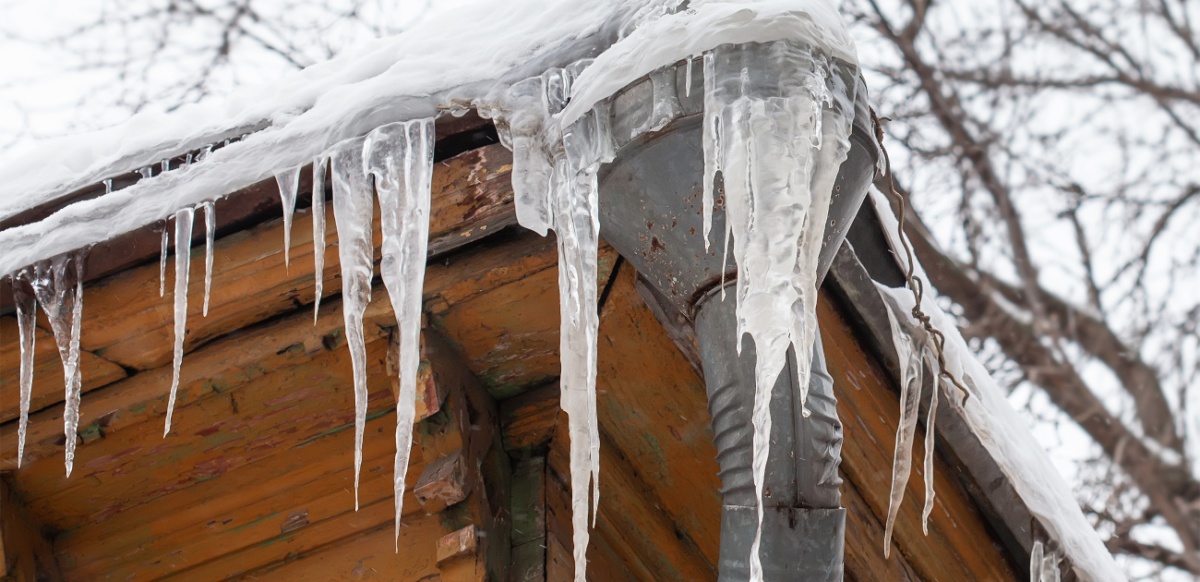Avoiding Frozen Pipes: Effective Tips for Winter
Avoiding Frozen Pipes: Effective Tips for Winter
Blog Article
Presented here below you'll find lots of helpful advice in relation to Preventing and dealing with frozen pipes.

Cold weather can ruin your pipes, especially by freezing pipes. Below's exactly how to prevent it from taking place and what to do if it does.
Intro
As temperature levels drop, the threat of frozen pipes boosts, potentially bring about expensive fixings and water damage. Recognizing exactly how to stop icy pipes is critical for property owners in cool climates.
Prevention Tips
Shielding susceptible pipelines
Cover pipes in insulation sleeves or utilize heat tape to safeguard them from freezing temperatures. Concentrate on pipes in unheated or external locations of the home.
Heating methods
Maintain indoor areas adequately warmed, specifically areas with plumbing. Open up cupboard doors to allow warm air to distribute around pipes under sinks.
How to determine frozen pipelines
Search for lowered water circulation from taps, uncommon smells or sounds from pipelines, and noticeable frost on subjected pipelines.
Long-Term Solutions
Architectural changes
Take into consideration rerouting pipelines far from exterior walls or unheated areas. Add added insulation to attic rooms, basements, and crawl spaces.
Updating insulation
Buy high-quality insulation for pipelines, attics, and walls. Correct insulation aids preserve consistent temperature levels and minimizes the threat of frozen pipelines.
Securing Outside Pipes
Garden hoses and outside faucets
Separate and drain yard tubes before winter months. Install frost-proof spigots or cover outdoor taps with insulated caps.
Recognizing Frozen Pipelines
What triggers pipelines to ice up?
Pipes freeze when revealed to temperatures below 32 ° F (0 ° C) for expanded periods. As water inside the pipes freezes, it increases, taxing the pipe walls and potentially triggering them to break.
Risks and damages
Icy pipelines can cause water disruptions, home damage, and costly repair work. Ruptured pipes can flooding homes and create comprehensive architectural damage.
Signs of Frozen Pipes
Identifying icy pipelines early can avoid them from bursting.
What to Do If Your Pipes Freeze
Immediate activities to take
If you suspect icy pipelines, keep faucets open up to soothe pressure as the ice melts. Make use of a hairdryer or towels soaked in warm water to thaw pipes gradually.
Conclusion
Preventing frozen pipelines calls for proactive steps and fast responses. By understanding the causes, signs, and preventive measures, homeowners can safeguard their plumbing during cold weather.
5 Ways to Prevent Frozen Pipes
Drain Outdoor Faucets and Disconnect Hoses
First, close the shut-off valve that controls the flow of water in the pipe to your outdoor faucet. Then, head outside to disconnect and drain your hose and open the outdoor faucet to allow the water to completely drain out of the line. Turn off the faucet when done. Finally, head back to the shut-off valve and drain the remaining water inside the pipe into a bucket or container. Additionally, if you have a home irrigation system, you should consider hiring an expert to clear the system of water each year.
Insulate Pipes
One of the best and most cost-effective methods for preventing frozen water pipes is to wrap your pipes with insulation. This is especially important for areas in your home that aren’t exposed to heat, such as an attic. We suggest using foam sleeves, which can typically be found at your local hardware store.
Keep Heat Running at 65
Your pipes are located inside your walls, and the temperature there is much colder than the rest of the house. To prevent your pipes from freezing, The Insurance Information Institute suggests that you keep your home heated to at least 65 degrees, even when traveling. You may want to invest in smart devices that can keep an eye on the temperature in your home while you’re away.
Leave Water Dripping
Moving water — even a small trickle — can prevent ice from forming inside your pipes. When freezing temps are imminent, start a drip of water from all faucets that serve exposed pipes. Leaving a few faucets running will also help relieve pressure inside the pipes and help prevent a rupture if the water inside freezes.
Open Cupboard Doors
Warm your kitchen and bathroom pipes by opening cupboards and vanities. You should also leave your interior doors ajar to help warm air circulate evenly throughout your home.

I hope you enjoyed reading our part on How to prepare your home plumbing for winter weather. Thanks a ton for taking the time to read our piece. Kindly take a moment to share this entry if you enjoyed reading it. Thanks a lot for your time invested reading it.
Schedule Service Report this page